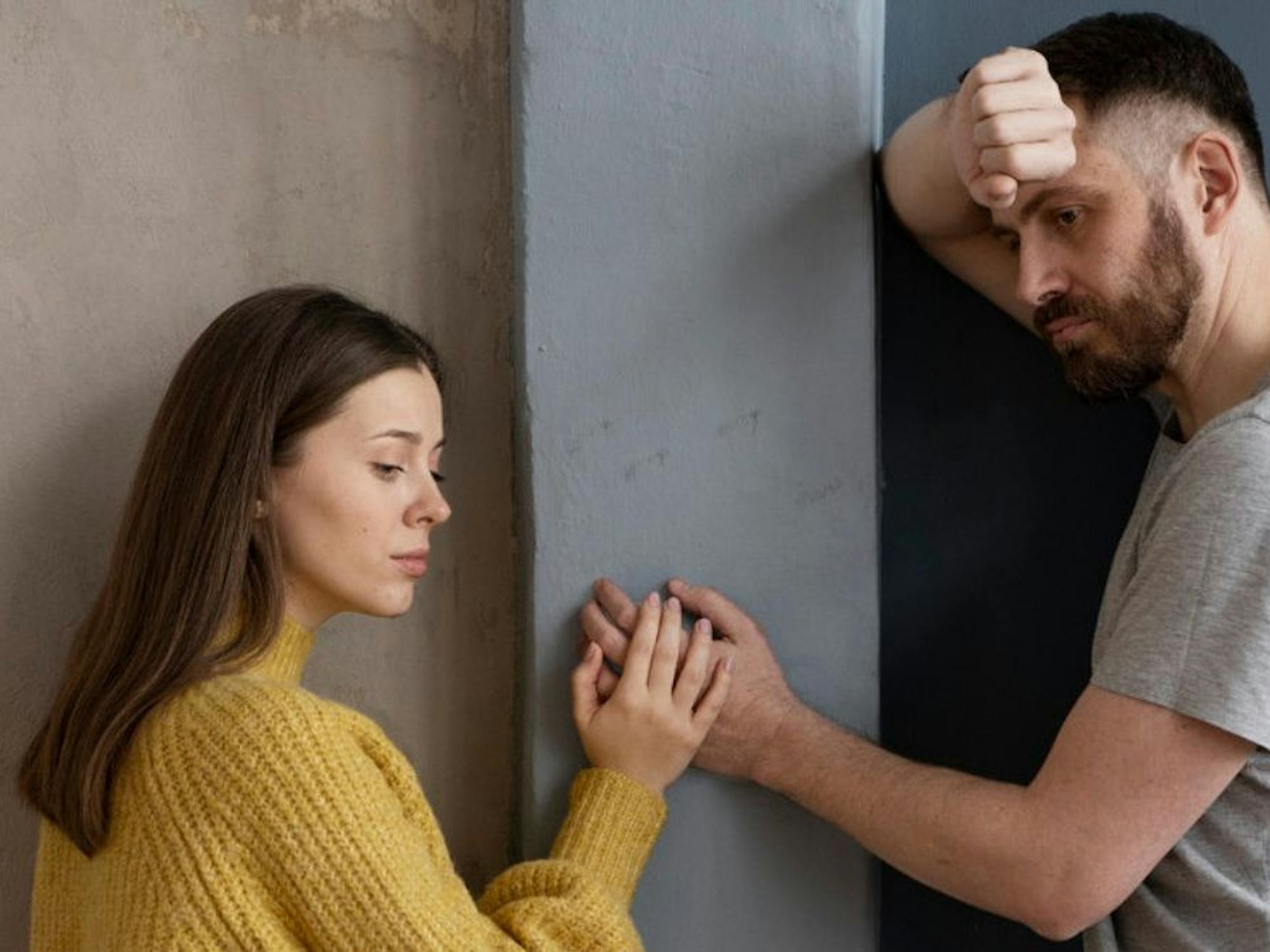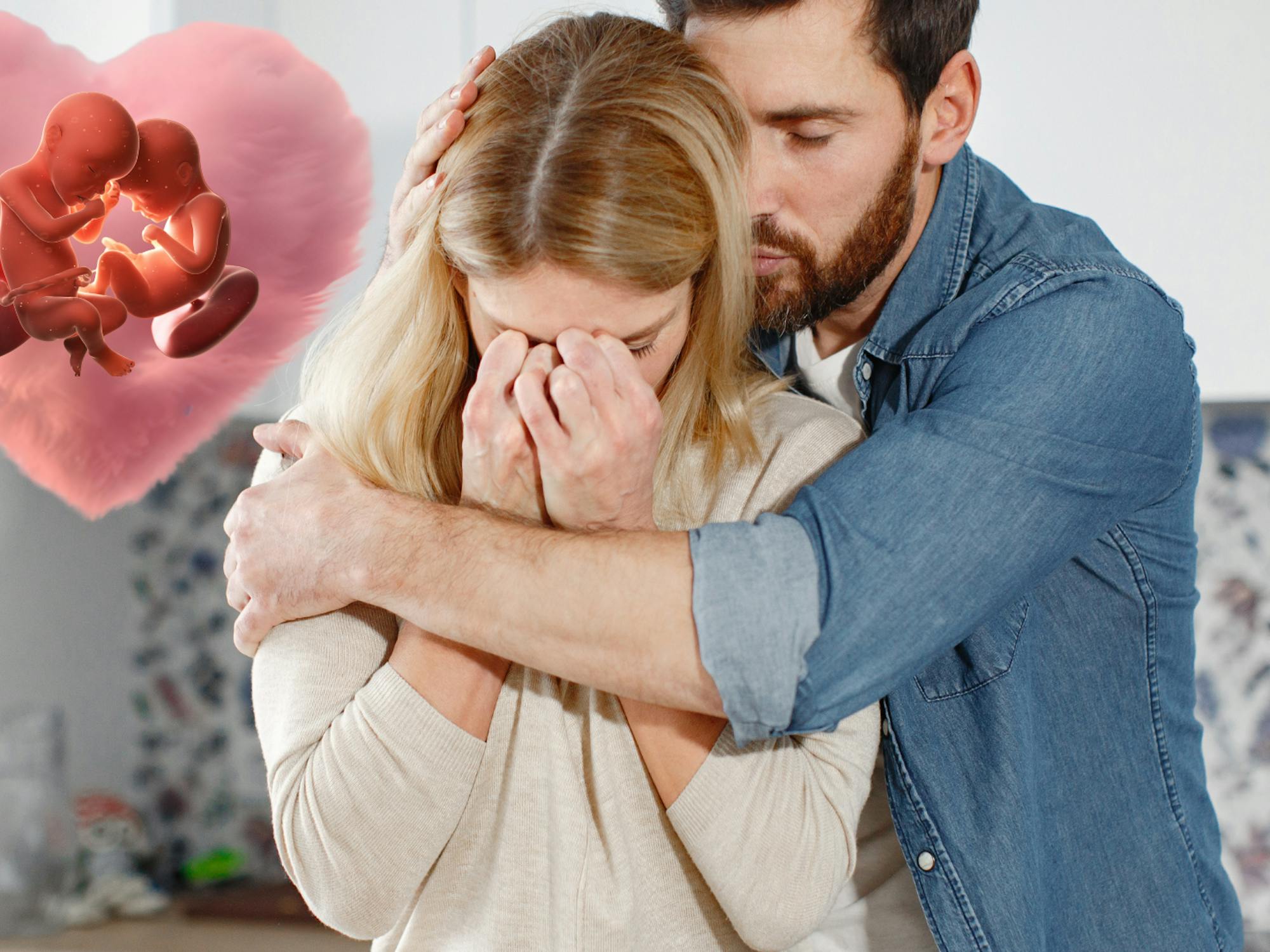Recognising an abusive relationship
Abusive relationships can take many forms, including physical, emotional, sexual, verbal, and financial abuse, and can cause significant damage to a person’s self-esteem and mental health. Leaving an abusive relationship can be an incredibly difficult and scary process, but it is often the best thing you can do for your own safety and well-being.

Abusive relationships can take many forms, including physical, emotional, sexual, verbal, and financial abuse, and can cause significant damage to a person’s self-esteem and mental health. Leaving an abusive relationship can be an incredibly difficult and scary process, but it is often the best thing you can do for your own safety and well-being.
How common is domestic abuse?
You may be reading this article as you have found yourself recovering from abuse. The National Centre for Domestic Violence found that 2.4 million adults were victims of domestic violence over 2022. It is important to remember that you are not alone and there is a large support network available for those who have experienced abuse from a partner.
Skunk Anasie singer, Skin, has recently spoken out about the abuse she endured from an older partner at just 16 years old. Skin stated her partner was “abusive and controlling but I actually didn’t realise that it was an abusive relationship.” Abuse such as what Skin experienced can take place at any age and many individuals do not realise they are being abused until much later in the relationship or, in Skins case, years after leaving their partner. If you feel Skins’ experience is similar to your own, you can read more about her story here.
Is abuse ever justifiable or acceptable?
One of the most common misunderstandings that we find, is when we hear people justifying or excusing what they know to be bad behaviour from another person.
“They are just doing their best,” we might hear. Or we might say that they have good reasons for behaving in a certain way, like they’ve had a difficult upbringing and so on.
If we can see that a person is actively addressing a pattern and getting help, it’s understandable that we may want to support them in that journey so long as it’s not detrimental or damaging for ourselves.
A better analogy in most cases though is to consider the abuser like a lion or any other predator. If we are in proximity to a lion without suitable protection we are in danger. The lion isn’t trying to change or to work on themselves, they simply have the nature of a predator. So the idea of the predator needing therapy is missing the point in most cases, and can be counter productive. It’s more about what we need to do to get ourselves safe from the lion by having either enough distance or a big enough barrier between us and the predator!
The initial steps to healing
Leaving an abusive relationship can be an incredibly difficult and scary process, but it is often the best thing you can do for your own safety and well-being. Read more on how to determine if your partner is abusive in our past blog here.
The first step in leaving an abusive relationship is to develop a safety plan. Ensure that you feel safe, find a safe place to stay, such as with a trusted friend or family member, or in a shelter for survivors of domestic violence. If you feel unsafe or need immediate support you can contact The Domestic Advice Helpline.
Having a trusted friend or family member that you can confide in, in-person or over the phone will be an important step in coping with those initial emotions. It is important to remember that you are also ending a long-term relationship as well as leaving an abusive partnership and this will bring a lot of confusing emotions. Allowing yourself to feel those emotions whether they be happiness, anger or sadness is the next step towards healing.
It is also good to remember the well-known but often forgotten phenomenon of Stockholm Syndrome, where the victim of abuse can have feelings of wanting to protect or defend their captor or abuser. It’s perfectly normal to have a sense of care towards people close to us, even when objectively we know that a relationship is not healthy or even damaging.
Coping with Long-term trauma
Healing after abuse of any kind can be a long and difficult journey and can often leave individuals suffering with long-term emotional and physical effects. Post Traumatic Stress Disorder (PTSD), depression and anxiety are commonly experienced by those who have experienced trauma such as abuse.
In the long-run being patient with yourself and allowing your mind and body time to heal will be an important part of your recovery. Long-term stress and anxiety during an abusive partnership will likely have made an impact on your physical well-being as well as your mental health. Caring for your physical body will help you to heal whilst also improving your mental health and helping you treat any underlying mental health disorders. Practice self-care by eating well, getting enough sleep, and exercising regularly. Engage in activities that bring you joy and relaxation, such as reading, taking a walk, or practising mindfulness. Focus on your future, set goals for yourself and make plans for your future. This can help you move forward and feel empowered.
The last step is to engage with professionals, seeking out professional support such as talking therapy will help you manage your mental health. Moving forward, relationship therapy will have a hugely positive impact on improving the way you view yourself as a partner and managing your future relationships. If we’ve had unhealthy relationships in the past it’s vital to evaluate how we have gotten into that situation, and what we may want to correct in future relationships. Visit Aligned with Love to learn more about our clients’ stories.
Remember that leaving an abusive relationship is a courageous step towards a better future. You deserve to be treated with respect and love, and with time and support, you can move on from the past and create a brighter future for yourself.
- Couples Counselling
- Therapy
- Healing
- Abuse
- Mental Health
- Relationships



